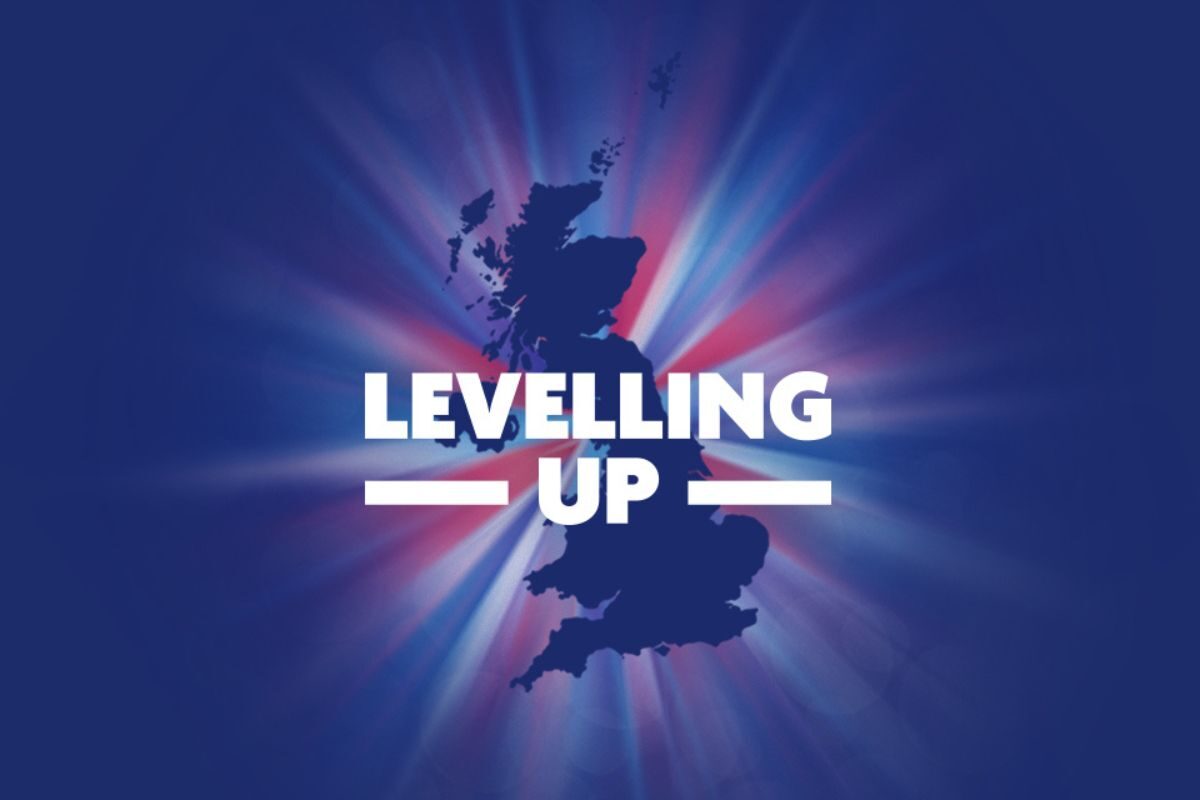Levelling up success depends on bringing the 12 missions back to its centre

Levelling up was the new idea meant to embody this government’s concern for regional inequality. Thus far, despite the identification of £20 billion to invest in projects related to levelling up and the publication of a 300-page White Paper outlining the government’s vision for it, levelling up has yet to build the momentum many would like. It is now facing the twin challenge of a new prime minister who has yet to embrace it and the cost-of-living crisis. To capture the impact of the cost-of-living crisis on levelling up, we have examined the missions which form the basis of the Levelling Up strategy. These 12 missions are medium-term targets to 2030 designed to galvanise action across policy areas ranging from enhancing productivity and closing gaps in pupil achievement at age 11 to improving wellbeing and reducing crime rates.
Drawing on over 100 pieces of evidence that examined the relationship between the missions and higher inflation, poverty and recession we found that eight of the missions were at high risk of failure, two were at medium risk and the remaining two at low risk.
The cost-of-living crisis has highlighted the gamble in pursuing a strategy to address the long-term underlying causes of inequality without making provision for the short-term. The lack of an anti-poverty strategy undermines most of the missions because they depend on poverty not increasing. The much-maligned administration was right to prioritise growth, as the economy tipping into recession will also make most of the missions hard to achieve – those relating to improving productivity and increasing investment in research and development will be particularly badly hit. The evidence also shows that even a relatively short recessionary period could have a lasting effect on crime rates and health inequalities thus impacting on several more missions.
The return of Michael Gove as levelling up minister brings renewed hope but it is vital he retains the commitment to the missions outlined in the White Paper. They represent the most innovative part of this agenda and the only way of marshalling the cross departmental support required to make levelling up a success.
We identified around £20 billion of Department of Levelling Up, Housing and Communities [DLUHC] funding from various pots that have been associated with levelling up as part of our submission to the recent enquiry into levelling up funding from the Levelling Up and Regeneration Bill committee. Our analysis suggests though that these funds have been mainly used thus far to support infrastructure projects with little clear connection to the 12 missions. However much of this £20 billion that is left over needs to be allocated in a way that is aligned far more with these missions and used to try and address the impact of the cost-of-living crisis on them. The missions are also the best way of levering in support from other departments for levelling up as they face their own budget cuts. The £20 billion from DLUHC will not be anywhere near enough to protect levelling up from the effect of the cost-of-living crisis.
Levelling up has stimulated a renewed discussion on inequality in the UK and regional differences. But it has yet to move much beyond a presentational exercise for a government to the right of its predecessors, but with a number of seats that traditionally belonged to the left. The unique mission-based approach to addressing inequality represents the best hope that levelling up has of having a real impact, but it must become the centre of what levelling up means from here on in.”











Responses